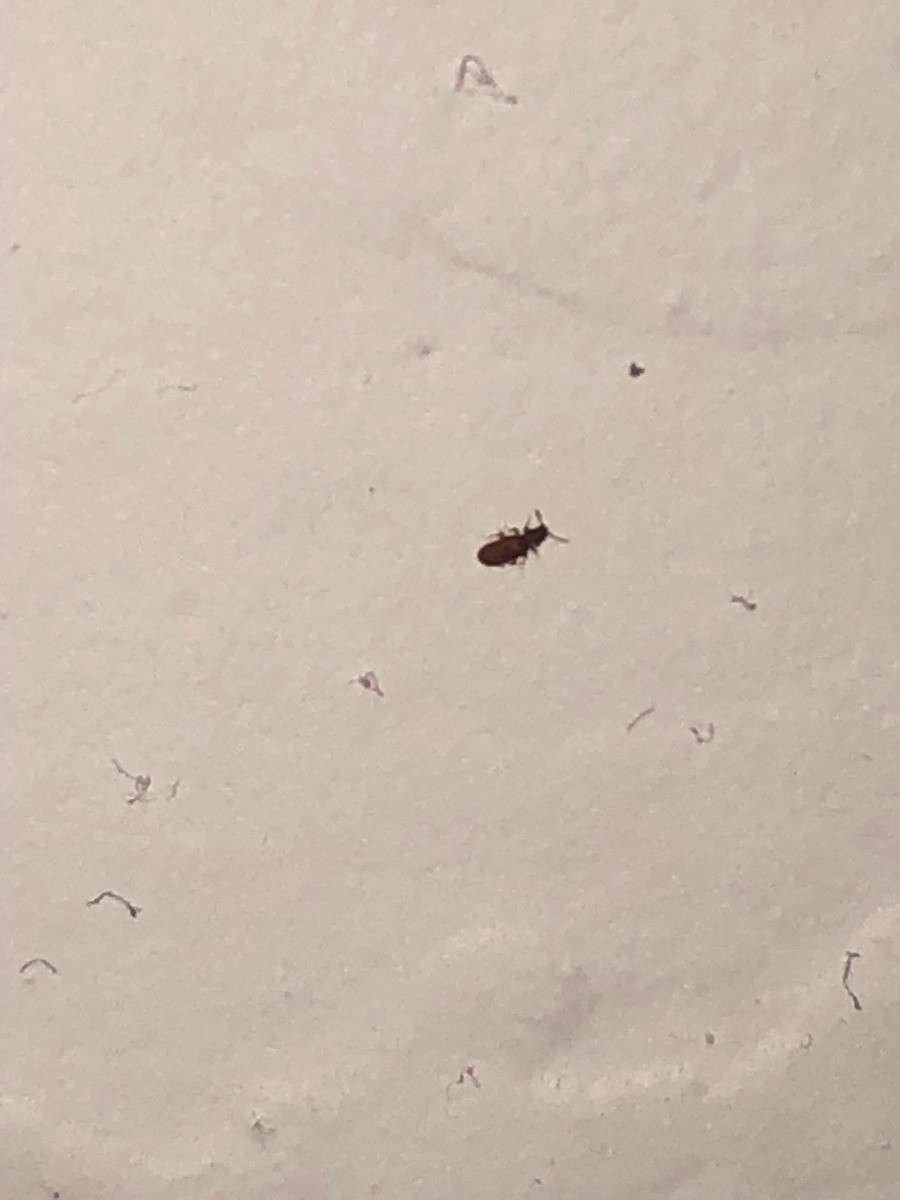

More importantly, aside from those people who experience allergic reactions, they are not known to be harmful to humans. These pesky critters often reside in pantries where they scavenge and feed on broken grains and other food items. The red flour beetle is a reddish-brown slender tiny common pest found in many homes, especially in the southern states, although they often turn up in NYC apartments. In contrast, the confused flour beetle has an antenna with a four-segmented club. It’s important to realize that one big difference between the red flour beetle and the confused flour beetle is that the red flour beetle has an antenna a three-segmented club at the end. First, the adult lays an egg, which ultimately hatches into larvae after another 3- 10 weeks, it transforms into pupae, and the adult beetle emerges from the pupae. They are beetles with a life cycle that lasts 40 – 90 days, depending on environmental conditions.

The two common types are the red flour beetle ( Tribolium castaneum) and the confused flour beetle ( Tribolium confusum). Second, we will cover your query “flour beetle in bedroom” – what to do?įlour beetles belong to the Tribolium family. These pests will eat a grain that is in a fine powder form.įirst, let’s go over the 2 common types of flour beetles and what they are. It’s important to note that the larval stage eats most of the grain and doesn’t eat whole grain kernels. For example, if your apartment or house is humid and storing grain products, the beetles will happily thrive.Įven if you don’t live in a humid area, the beetle’s larval stage produces moisture within the food it’s feeding on, allowing the insect to thrive.
#TINY BEETLES IN HOUSE HOW TO#
Keep reading for more information on the flour beetle and how to prevent it from taking over your home.įlour beetles love moisture and grain, especially if the humidity and grain are nearby. In other words, this little pest can cause significant problems, so it’s essential to know how to identify it and get rid of it. The “red” and the “confused” beetles are a big problem at grain processing facilities, food warehouses, and homes. Keep in mind that if you found a small red beetle in your house,e it may be a red flour beetle, a confused flour beetle, or a minute brown scavenger beetle (Latridiidae). Often we will show up to someone’s apartment for a NYC pest inspection because they have a flour beetle or Latridiidae beetle (minute brown scavenger beetles) in their bedroom, and they mistake it for a bed bug. They do not eat in the adult stage.You may be googling “flour beetle in bedroom” – help?! At first, you may even confuse this red flour beetle in your bed for a bed bug. Upon emerging, adult black carpet beetles only live long enough to reproduce and lay eggs. After growing sufficiently, larvae pupate for 6 to 24 days. black carpet beetle larvae molt 5 to 11 times and grow up to half an inch. The beetles spend a majority of their lives as larvae, continuously eating and growing. These eggs hatch into larvae within six to ten days. It takes the beetles anywhere between 2 months to 2 years to complete this cycle, depending on environmental temperature.įemale black carpet beetles lay an average of 50 eggs at a time. Larvae may also look as though they’re covered in spines or bristles.īlack carpet beetles undergo a complete metamorphosis, hatching from eggs and undergoing larval, pupae, and adult stages. A distinctive, long tuft of brown hair usually protrudes from the end of the larva’s rear. It’s difficult to see an adult black carpet beetles’ heads from above.īlack carpet beetle larvae are ¼ inches long, brown or reddish-brown, and “carrot-shaped.” Larvae appear to have distinct body segments and taper off, becoming thinner from head to rear. Their bodies are oval-shaped, and resemble shells. These beetles live all over the US, but they’re most common east of the Rockies and in northern states.īlack carpet beetles measure 1/8 to 1/4 inches long and look either dark brown or black. Many people experience an allergic reaction to carpet beetle larval hairs and blood. This stored product pests’ common name refers to its all-black coloration. The black carpet beetle ( Attagenus unicolor) is the most frequently encountered and economically impactful carpet beetle in the US.


 0 kommentar(er)
0 kommentar(er)
